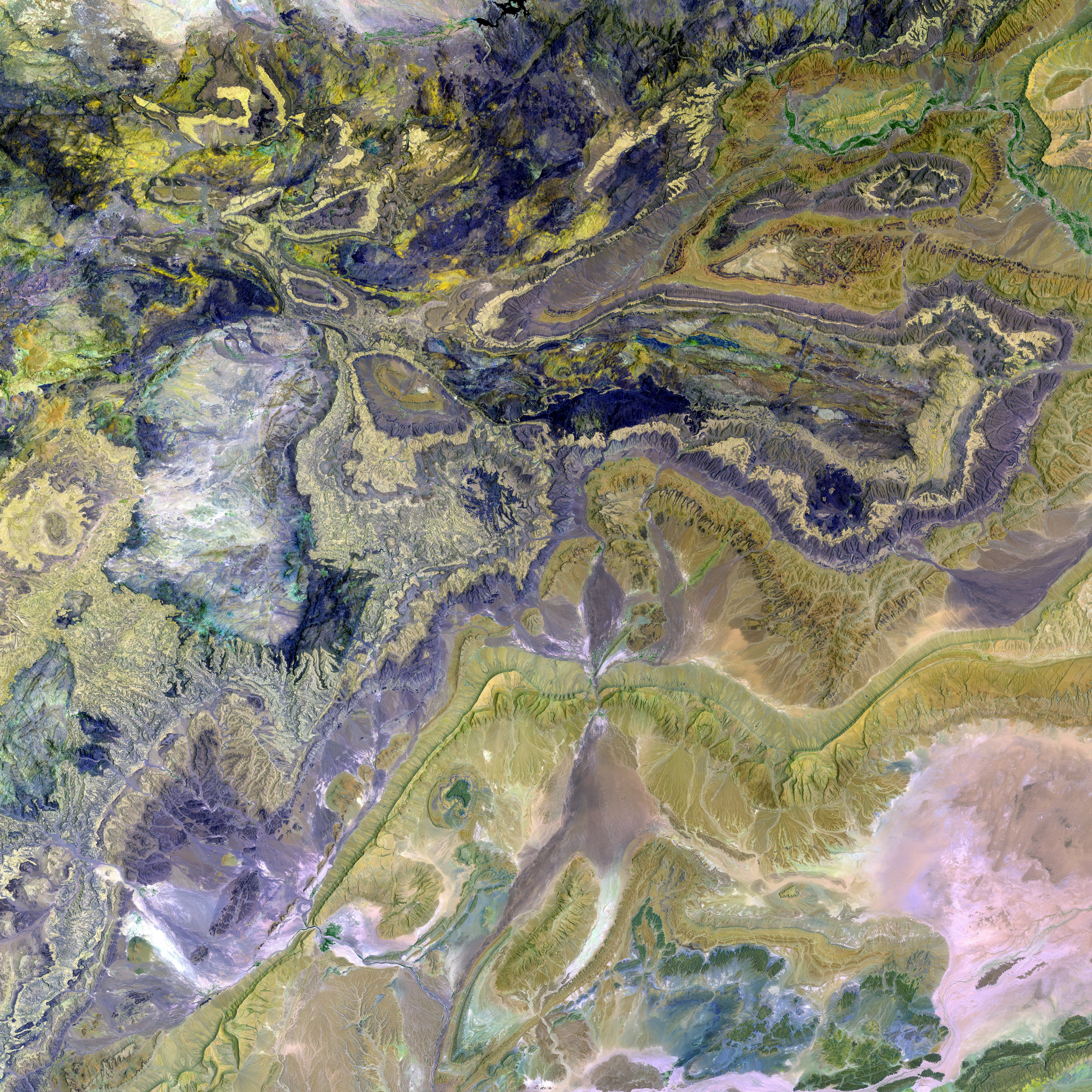Westlife Plans Expansion of McDonald's Restaurants on a Grand Scale
Article:
Bucking the Trend with Bigger Outlets: Westlife FoodWorld's Growth Strategy for McDonald's in India
In the face of a slowdown in dine-in demand leading some QSR chains to consider smaller outlets, Westlife FoodWorld has opted to maintain a standard size for its McDonald's eateries.
CEO and President Akshay Jatia expressed that "shrinking outlets by a few 100 square feet" wouldn't offer significant savings and could hamper dine-in growth, which Westlife views as a prime opportunity for expansion. He emphasized that McDonald's is being repositioned as a destination, providing a competitive edge.
Westlife manages McDonald's outlets across western and southern India. Typically spanning 2,800 -3,200 square feet, their outlets are larger than competitors like Burger King's 1,300-1,400 square feet locations. Westlife's drive-through stores, on the other hand, are a whopping 22,000 square feet.
Jatia stated that Westlife intends to further strengthen its drive-through strategy, viewing it as a key competitive advantage. As part of its Vision 2027 plan, the company aims to open 580-630 outlets by 2027, a target it is confident of achieving. Westlife is also focusing on improving digital experiences in its stores, adding self-ordering machines to the mix. However, Jatia highlighted that India will always require manpower in its stores due to the country's preference for personal interaction.
While quick delivery is becoming popular, Westlife will continue to prioritize customer experience over speedy delivery, stating that it wouldn't engage in behaviors that compromise quality.
Westlife's Focus on South India:Under its Vision 2027, 60% of new outlets will be allocated to South India, including tier-3 cities and high-potential markets such as Madurai. This strategic focus is in alignment with India’s QSR market's projected growth from $25.46B in 2024 to $38.71B by 2029.
Experience of the Future (EOTF) Outlets:Westlife is also investing in EOTF outlets with McCafé integration, prioritizing dine-in engagement and premiumization. This experiential model, supported by larger stores, differentiates McDonald's from competitors that are focused on delivery-centric formats.
Operational Synergies and Long-Term Goals:Westlife retains standard-sized outlets for brand consistency and operational efficiency, accommodating drive-thrus and multi-channel dining. The company aims to double sales by 2027 and expanding into tier-3 cities necessitates larger stores to serve as destination hubs in underserved markets.
This growth strategy, which balances market capture with brand-building, leverages India’s QSR market's growth trajectory.
- Westlife FoodWorld, contrary to some QSR chains, has chosen to maintain standard-sized McDonald's eateries instead of downsizing to smaller outlets.
- Akshay Jatia, CEO and President of Westlife FoodWorld, believes that shrinking outlets by a few hundred square feet wouldn't offer significant savings and could hinder dine-in growth, which Westlife sees as a prime opportunity for expansion.
- In the food-and-drink industry, Westlife manages McDonald's outlets across western and southern India, with outlets typically spanning 2,800 -3,200 square feet, larger than competitors like Burger King's 1,300-1,400 square feet locations.
- Jatia stated that Westlife intends to further strengthen its drive-through strategy, viewing it as a key competitive advantage, and as part of its Vision 2027 plan, the company aims to open 580-630 outlets by 2027.
- Westlife plans to focus 60% of new outlets on South India, including tier-3 cities and high-potential markets such as Madurai, aligning with India’s QSR market's projected growth.
- In alignment with its growth strategy, Westlife is investing in EOTF outlets with McCafé integration, prioritizing dine-in engagement and premiumization, differentiating McDonald's from competitors that are focused on delivery-centric formats.





